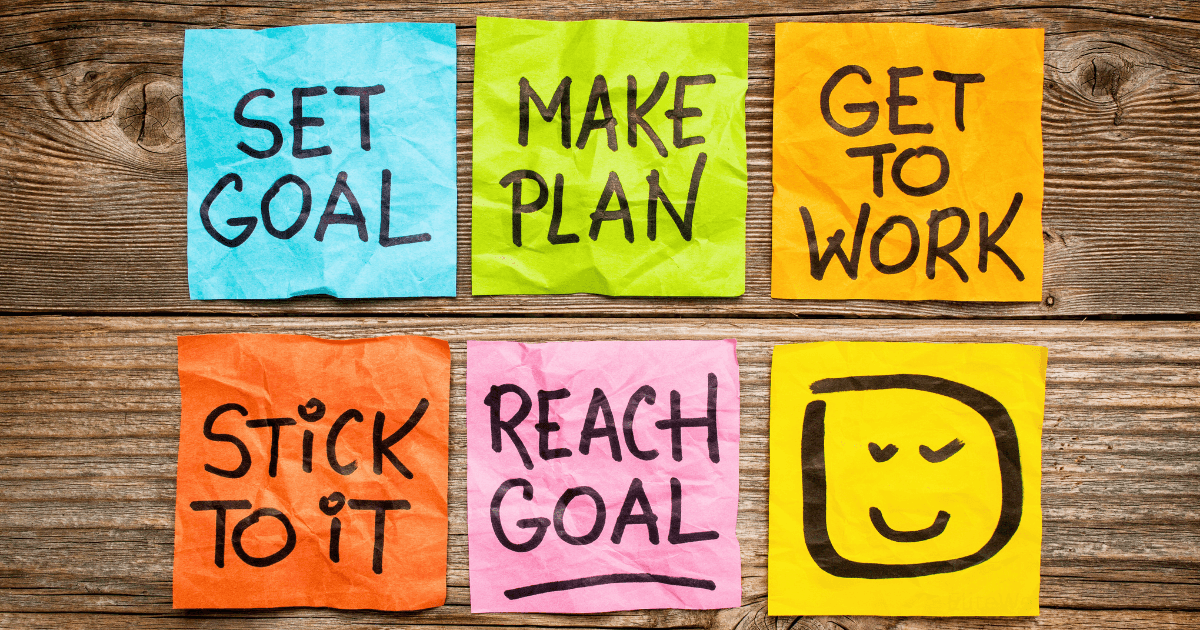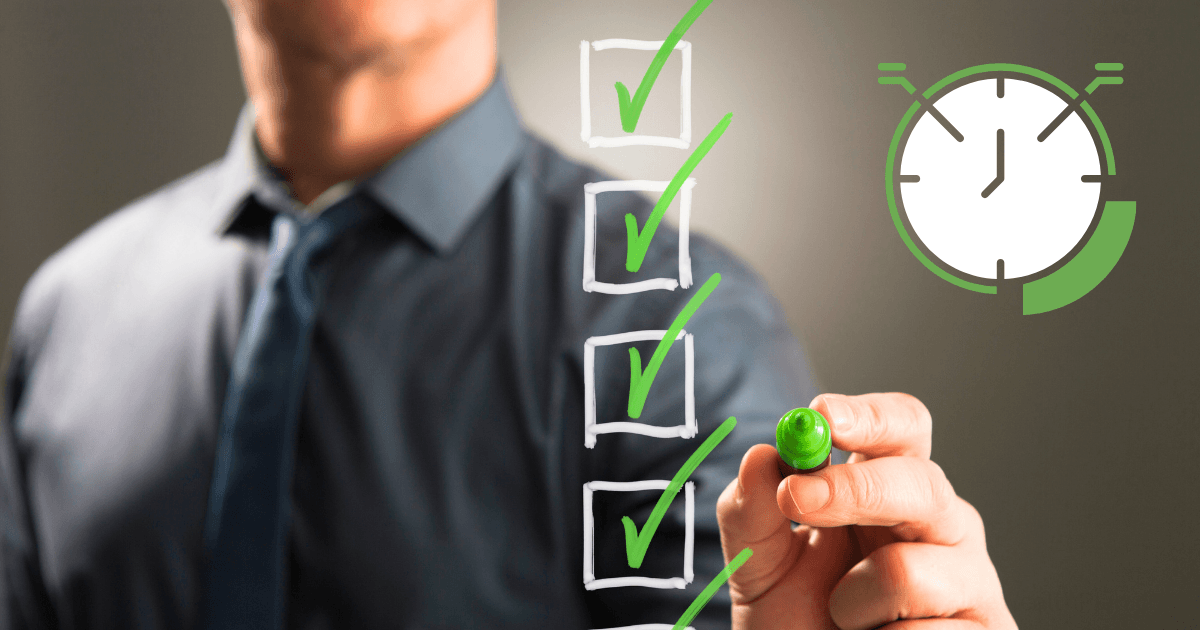Work-From-Home Discipline: Creating Environmental Triggers That Put You in Work Mode

Six months into working from home, I hit a wall. Despite having a dedicated office space and a solid morning routine, I found myself struggling to maintain focus. Some days, I’d be hyper-productive; others, I’d spend hours fighting the urge to reorganize my spice rack or scroll through social media.
The problem wasn’t lack of motivation or poor time management. It was the absence of the environmental boundaries that had previously separated “work” from “home.” Without the commute, the office building, and the presence of colleagues, my brain struggled to shift into—and stay in—work mode.
After extensive research and experimentation, I discovered the power of environmental triggers—deliberate cues that signal to your brain when it’s time to work and when it’s time to relax. Implementing these triggers transformed my work-from-home experience, helping me achieve consistent focus and maintain clearer boundaries between my professional and personal life.
In this post, I’ll share the science behind environmental triggers and the specific strategies that have worked for me and the remote teams I consult with.
The Science of Environmental Triggers and State-Dependent Memory
Environmental triggers work because of a psychological principle called “state-dependent memory.” Research from the Journal of Cognitive Psychology shows that our brains form associations between our physical environment and our mental state. When we consistently pair specific environmental cues with focused work, our brains begin to automatically shift into a productive state when those cues are present.
This explains why you might feel sleepy as soon as you get into bed, or why athletes perform better in “game mode” than practice. Your brain has learned to associate specific environments with specific mental states.
The challenge with working from home is that we’re trying to create two different mental states (work and relaxation) in the same physical location. Without clear environmental distinctions, our brains get confused about which state to adopt.
Types of Environmental Triggers for Work-From-Home Success
Based on both research and personal experience, I’ve found that the most effective work-from-home discipline comes from implementing multiple types of environmental triggers:
1. Physical Space Triggers
Physical triggers are the most obvious but often the most overlooked. They involve creating distinct environmental differences between your work and relaxation spaces.
My Physical Trigger System:
Dedicated Work Zone: Even if you don’t have a separate office, designate a specific area used only for work. I transformed a corner of my living room into a work-only zone.
Work-Only Furniture: I use a specific chair that I sit in only when working. When the workday is done, I cover it with a distinct throw blanket, signaling that the “office” is closed.
Visual Boundaries: I installed a folding room divider that I open during work hours and close at the end of the day. This creates a visual separation between my work space and living space.
Work-Specific Items: I have a “work-only” mug, notebook, and pen holder that only come out during work hours and are stored away afterward.
Implementation Tip: If space is limited, even small distinctions matter. A specific placemat on your kitchen table or a particular cushion you sit on only during work hours can serve as effective physical triggers.
2. Sensory Triggers
Our senses provide powerful pathways for environmental conditioning. By consistently pairing specific sensory experiences with work, you can rapidly shift your brain into focus mode.
My Sensory Trigger System:
Sound Triggers: I created a specific “work start” playlist that plays for the first 15 minutes of my workday. This music never plays during non-work hours. According to research from the University of Birmingham, consistent sound cues can increase focus by up to 15%.
Scent Triggers: I use a specific essential oil diffuser blend (rosemary and peppermint) only during work hours. Scent is directly connected to the brain’s limbic system, making it one of the most powerful environmental triggers.
Light Triggers: I use a particular desk lamp with a specific color temperature (5000K, which mimics daylight) only when working. When work is done, I switch to warmer lighting.
Temperature Trigger: I keep my workspace slightly cooler (around 68°F) than the rest of my home. Research from Cornell University shows that slight cooling can increase alertness and productivity.
Implementation Tip: Consistency is key with sensory triggers. Use the same scents, sounds, and lighting conditions every time you work, and avoid using these same sensory cues during leisure time.
3. Temporal Triggers
Temporal triggers use time-based rituals to signal the beginning and end of work mode. These are particularly important for remote work, where traditional time boundaries are blurred.
My Temporal Trigger System:
Morning Transition Ritual: I created a specific 15-minute sequence that happens only before work:
- Make a specific type of coffee (used only for work mornings)
- Review my daily priorities while standing at my kitchen counter
- Walk once around the block
- Sit down at my workspace and arrange my tools in a specific configuration
Workday Startup Sequence: Once at my desk, I follow this exact sequence:
- Open my laptop and launch only work-specific applications
- Set my phone to “Focus” mode
- Start my work playlist
- Write down my three most important tasks for the day
- Set my first timer for 25 minutes
Workday Shutdown Ritual: At day’s end, I reverse the process:
- Review completed tasks and write tomorrow’s priorities
- Close all work applications
- Clean and organize my workspace
- Change the lighting
- Physically walk away from my workspace and change my clothes
Implementation Tip: The key to effective temporal triggers is consistency and clear delineation. Your brain needs to recognize “this sequence happens only when we’re working” to form the proper associations.
4. Digital Environment Triggers
In remote work, your digital environment is as important as your physical one. Creating clear distinctions between work and personal digital spaces helps maintain focus and boundaries.
My Digital Trigger System:
Work-Only Browser: I use Chrome exclusively for work and Firefox for personal browsing. This creates a complete separation of bookmarks, saved passwords, and browsing history.
Desktop Organization: I created a work-specific desktop background that I switch to during work hours. I also use different desktop organization during work vs. personal time.
Notification Management: I use Freedom to block distracting websites and apps during work hours. I also have different notification settings for work vs. personal time.
App Zoning: On my phone, I organized work apps into a specific folder that’s only visible during work hours (using iOS Focus modes).
Implementation Tip: Digital boundaries are especially important because they’re easily blurred. Consider using different devices for work and personal use if possible, or at minimum, create strong visual and functional separations between your work and personal digital environments.
5. Social Triggers
Human beings are social creatures, and social cues can be powerful environmental triggers for productivity.
My Social Trigger System:
Virtual Co-working: I schedule regular virtual co-working sessions with colleagues where we briefly check in, set intentions, work silently with cameras on, then check out. The presence of others working creates a powerful work trigger.
Status Signaling: I use clear signals to communicate my work status to household members. A specific door sign, light color, or even wearing particular “work only” accessories can signal “I’m in work mode.”
Accountability Partners: I have a daily check-in with an accountability partner at the start and end of each workday. These social touchpoints serve as clear markers for the boundaries of my workday.
Implementation Tip: Even if you live alone, virtual social triggers can be highly effective. Consider joining online co-working communities or scheduling regular check-ins with colleagues or friends.
Creating Your Personal Trigger Ecosystem
The most effective approach is to combine multiple trigger types into a comprehensive system. Here’s how to build your own:
Step 1: Audit Your Current Environment
Before implementing new triggers, assess your current situation:
- Where do you currently work in your home?
- What sensory elements are present?
- What routines do you already follow?
- What distractions do you frequently encounter?
Step 2: Identify Your Work State Requirements
Different types of work require different mental states. Consider:
- Do you need deep focus, creative thinking, or collaborative energy?
- What environments have helped you achieve this state in the past?
- What sensory conditions help you focus best?
Step 3: Design Your Trigger System
Based on your audit and requirements, select at least one trigger from each category:
- Physical space trigger
- Sensory trigger
- Temporal trigger
- Digital environment trigger
- Social trigger
Step 4: Implement Consistently for 30 Days
Environmental triggers require consistency to become effective. Commit to following your trigger system every workday for at least 30 days to establish the neural associations.
Step 5: Evaluate and Refine
After 30 days, assess what’s working and what isn’t:
- Which triggers seem to have the strongest effect on your focus?
- Which are difficult to maintain consistently?
- What adjustments would make your system more effective?
Troubleshooting Common Challenges
Even the best-designed trigger systems encounter obstacles. Here are solutions to common challenges:
Challenge #1: Household Distractions
Solution: Create clear visual signals that household members can easily recognize. A simple “in focus mode” sign or light can be surprisingly effective. For children, consider using a visual timer they can see, showing when you’ll next be available.
Challenge #2: Trigger Drift
Over time, you might become less responsive to your triggers as they lose their novelty.
Solution: Periodically refresh your triggers. Change your work playlist, try a new scent, or reorganize your workspace. The key is to make mindful changes rather than letting triggers fade through neglect.
Challenge #3: Space Limitations
Not everyone has room for a dedicated office.
Solution: Focus on portable triggers that can transform any space. A specific laptop stand, mouse pad, or even a particular pair of “work only” headphones can create a psychological workspace anywhere.
Challenge #4: Inconsistent Schedules
Variable work hours can make temporal triggers difficult to maintain.
Solution: Focus on sequence rather than specific times. Your startup and shutdown rituals can happen at different hours while maintaining the same sequence of actions.
Advanced Trigger Strategies for Long-Term Success
Once you’ve established basic environmental triggers, consider these advanced strategies:
1. Seasonal Refreshes
Every 3-4 months, intentionally update some of your triggers. This prevents habituation and keeps your system fresh.
2. Context-Specific Triggers
Create different trigger combinations for different types of work:
- Creative work might use one playlist and scent
- Administrative tasks might use a different lighting setup
- Client meetings might have their own preparation ritual
3. Travel Adaptation Kit
Develop a portable version of your trigger system for when you’re working away from home. A specific notebook, pen, and portable diffuser can recreate your work environment anywhere.
4. Trigger Stacking
Combine multiple triggers into a single powerful cue. For example, simultaneously changing the lighting, starting your playlist, and putting on your “work sweater” creates a stronger signal than any single trigger alone.
Measuring the Impact of Your Trigger System
To ensure your environmental triggers are actually improving your productivity, track these metrics:
- Focus duration: How long can you work without becoming distracted?
- Task completion rate: What percentage of planned tasks do you complete each day?
- Work satisfaction: How satisfied are you with your work quality and output?
- Boundary effectiveness: How well are you separating work and personal time?
I use a simple 1-10 rating for each metric at the end of my workday, tracking trends in a spreadsheet. After implementing my trigger system, my average focus duration increased from 35 minutes to 52 minutes, and my boundary effectiveness score rose from 4/10 to 8/10.
Conclusion: The Compound Effect of Environmental Discipline
The power of environmental triggers lies in their cumulative effect. No single trigger will transform your work-from-home experience, but a thoughtfully designed system of multiple triggers can dramatically improve your focus, productivity, and work-life boundaries.
The most valuable outcome isn’t just increased productivity—it’s the mental clarity that comes from having distinct “work” and “home” states, even when both happen in the same physical location. By creating environmental discipline through intentional triggers, you reclaim control over your attention and energy.
As remote work becomes a permanent fixture of our professional landscape, mastering these environmental cues isn’t just a productivity hack—it’s an essential skill for sustainable success and wellbeing in the work-from-home era.
What environmental triggers have you found most effective for your work-from-home discipline? Share your experiences in the comments below.






